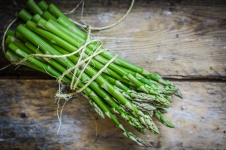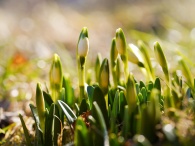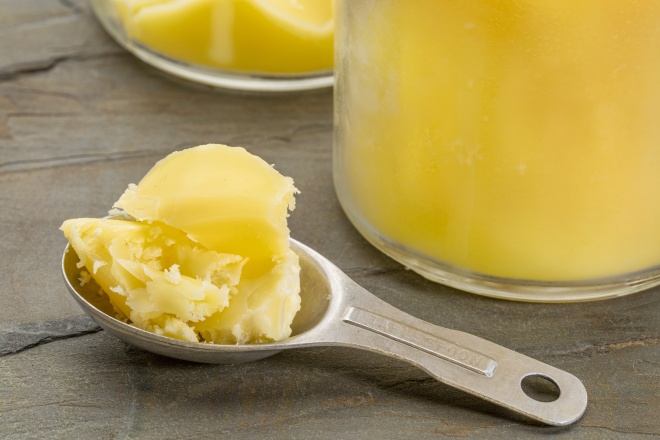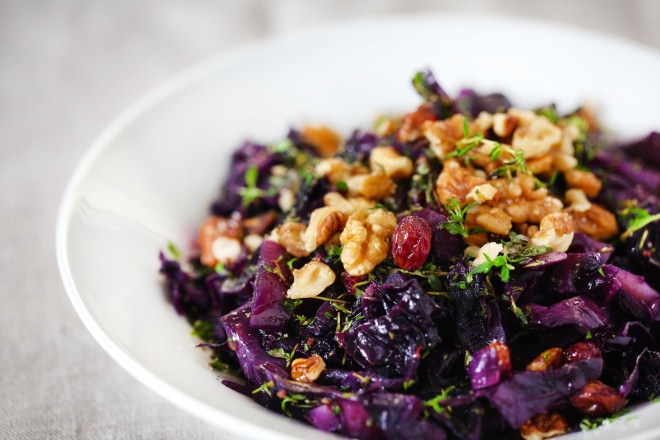The spring season will soon announce itself with bursts of green shoots dotting the landscape. The dark cold of winter will give way to the warmer longer days of spring as the yin period begins its transformation back into yang. Spring is a season of growth and transformation. It is a time to move and stretch our bodies like the new growth springing up from the earth. We may feel a surge of creativity as our desire to create mirrors the rebirth and creation around us.
To stay healthy during this season Chinese medicine teaches us to go to bed and wake-up early. The energy around us is strong during this time making early morning walks a good time to revitalize ourselves. Like the force which moves through the plants guiding them upwards our emotions should move through us unhindered so that we remain balanced and open to life. When we lose our equanimity by holding on to negative emotions like anger and frustration Chinese medicine tells us we risk injuring the liver, which is associated with this season. We must let go of the turbulent emotions that course through us and remain centered and rooted, moving with the flexibility of a young tree in the wind.
From a dietary standpoint we should eat lighter more cooling foods. We can cut back  on the heavy warming cuisine of winter and incorporate more raw vegetables and sprouts.The sour taste, which is the flavor associated with spring, means it is a good time to introduce fermented foods into our diet. Leafy greens are abundant during this period and a great addition to the spring menu. And by simply eating what grows locally during this time, you are eating in line with the season.
on the heavy warming cuisine of winter and incorporate more raw vegetables and sprouts.The sour taste, which is the flavor associated with spring, means it is a good time to introduce fermented foods into our diet. Leafy greens are abundant during this period and a great addition to the spring menu. And by simply eating what grows locally during this time, you are eating in line with the season.










Recent Comments